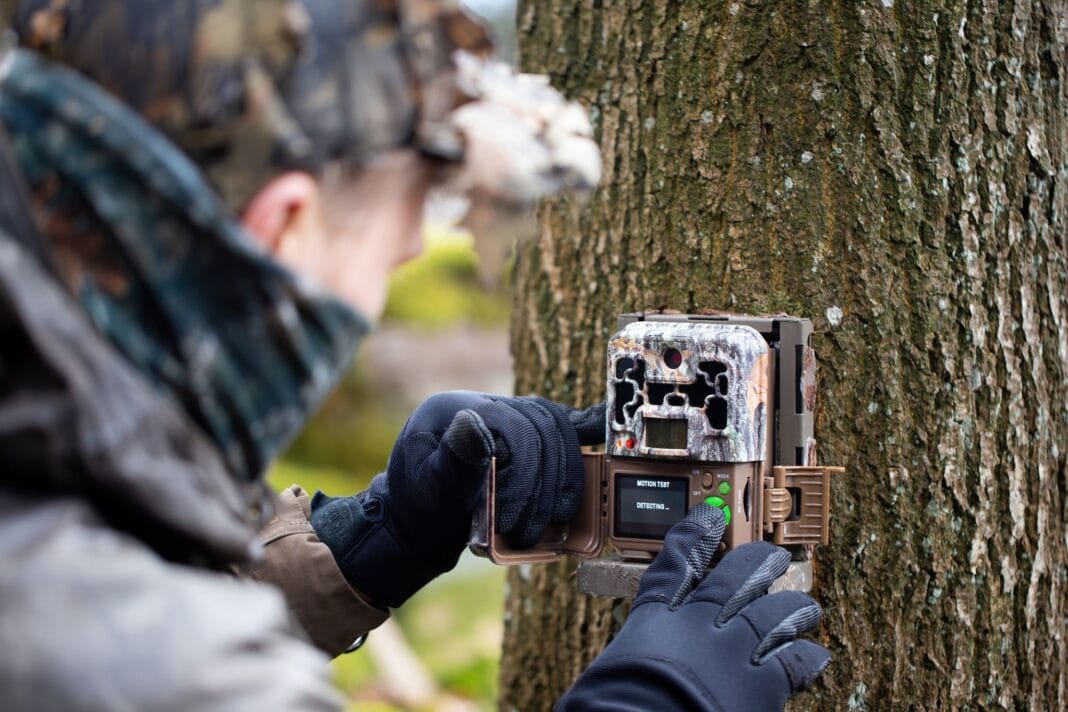Trail cameras have revolutionized the way hunters and wildlife enthusiasts track and study game. These devices provide invaluable insights into animal behavior, movement patterns, and population dynamics. This article will guide you through the essential steps of using trail cameras effectively to enhance your tracking efforts.
Understanding Trail Cameras
Before diving into the specifics of using trail cameras, it’s important to understand what they are and how they work.
What is a Trail Camera?
A trail camera, also known as a game camera, is a rugged, waterproof camera designed for extended outdoor use. It is typically used to capture images or videos of wildlife in a given area without human presence. Trail cameras can operate day and night, thanks to infrared capabilities and motion sensors.
Key Features
When selecting a trail camera, consider the following features:
- Resolution: Higher resolution cameras provide clearer images, essential for identifying game.
- Detection Range: The distance at which the camera can detect motion to trigger a photo or video.
- Trigger Speed: The time taken for the camera to capture an image after detecting motion.
- Battery Life: Longevity of the camera’s operation on a single set of batteries.
- Storage: Capacity and type of memory used for storing captured data.
Planning Your Camera Setup
Strategic planning is crucial for maximizing the effectiveness of your trail camera. Proper placement and settings can significantly enhance your game tracking efforts.
Selecting the Right Location
Choosing the right location for your trail camera is key. Consider the following factors:
- Animal Trails: Identify trails frequently used by the game you are interested in.
- Food and Water Sources: Animals are often attracted to these areas, making them ideal locations for cameras.
- Natural Funnels: Geographical features like ridges or valleys guide animal movement and are optimal camera sites.
- Signs of Activity: Look for tracks, droppings, or other indicators of wildlife presence.
Setting Up the Camera
Once you have chosen a location, it’s time to set up the camera:
- Angle and Height: Mount the camera at a height of about 2-3 feet and ensure it is angled parallel to the ground to capture the optimal field of view.
- Distance: Position the camera 10-15 feet away from the expected path of movement.
- Camouflage: Use natural cover or specialized camouflage to blend your camera into the environment and prevent detection by both game and humans.
Configuring Your Camera
Configuring your trail camera correctly ensures you capture the best possible images and data.
Adjusting Settings
Customize the camera settings based on your specific needs and the environment:
- Photo or Video Mode: Decide between capturing still images or videos. Photos are often sufficient for basic tracking, while videos provide more behavioral insights.
- Time Lapse: This setting is useful in areas with sparse movement, allowing the camera to take photos at set intervals.
- Sensitivity: Adjust the sensitivity of the motion sensor based on environmental conditions to prevent false triggers.
Regular Maintenance
Regular maintenance is required to ensure continuous and effective operation:
- Battery Check: Regularly replace or recharge batteries to avoid losing crucial data.
- Memory Space: Clear or replace memory cards regularly to ensure ample storage space.
- Weatherproofing: Check seals and housings to ensure they are intact and protecting the camera from the elements.
Analyzing and Interpreting Data
The data collected from trail cameras can provide valuable insights into game patterns and habits.
Sorting and Organizing Images
Develop a system for sorting and categorizing images, considering:
- Species Identification: Separate images by species for easy analysis.
- Behavior Patterns: Note any behavioral patterns or anomalies observed.
Pattern Recognition
Analyze the captured data to identify patterns such as:
- Movement: Establish habitual paths or frequented areas.
- Timing: Determine peak activity periods to optimize future tracking or hunting times.
- Social Structures: Observe interactions between individuals and different species.
Ethical Considerations in Using Trail Cameras
While trail cameras are a powerful tool, it’s important to use them responsibly.
Respecting Wildlife
Ensure your use of trail cameras minimizes disruption to wildlife:
- Avoid excessive camera use in sensitive areas.
- Ensure cameras do not cause stress or behavior changes in animals.
Legal Compliance
Abide by local laws and regulations regarding trail camera placement, especially on public lands and wildlife reserves.
Trail cameras offer an unobtrusive, effective way to monitor and study game. Understanding their features, strategic placement, and thoughtful data analysis can significantly enhance your game tracking endeavors, providing a deeper connection with the natural world and improving hunting success. Whether you’re a seasoned hunter or a wildlife enthusiast, the insights gained from trail cameras are invaluable.


